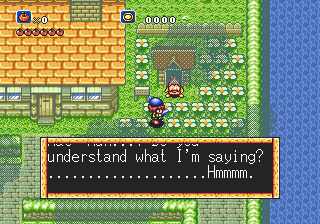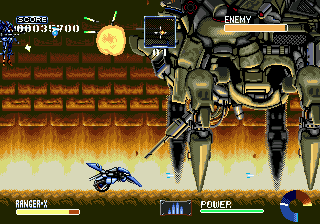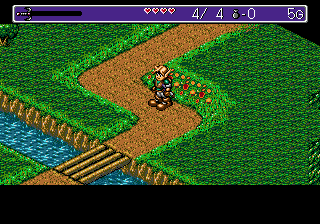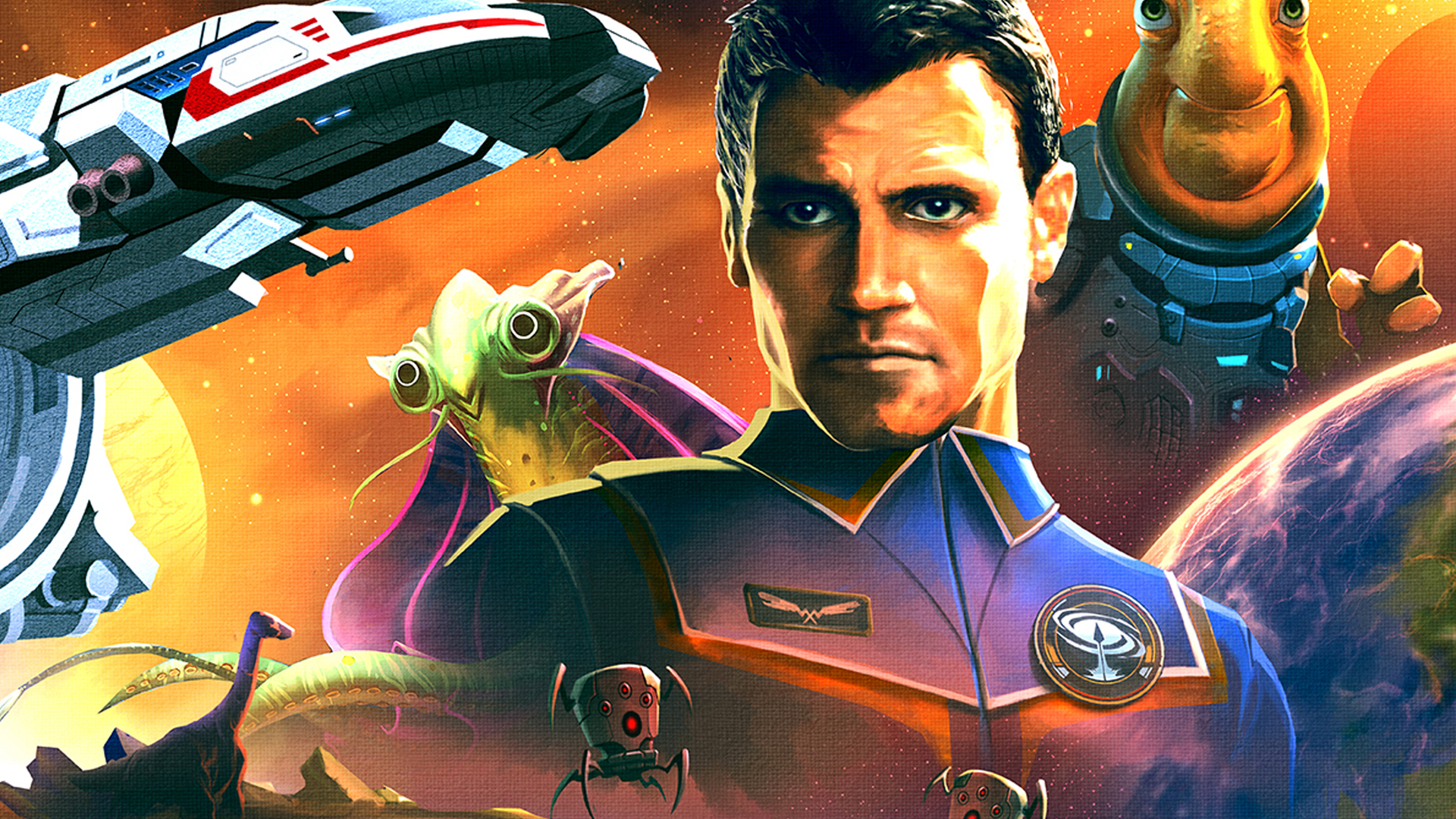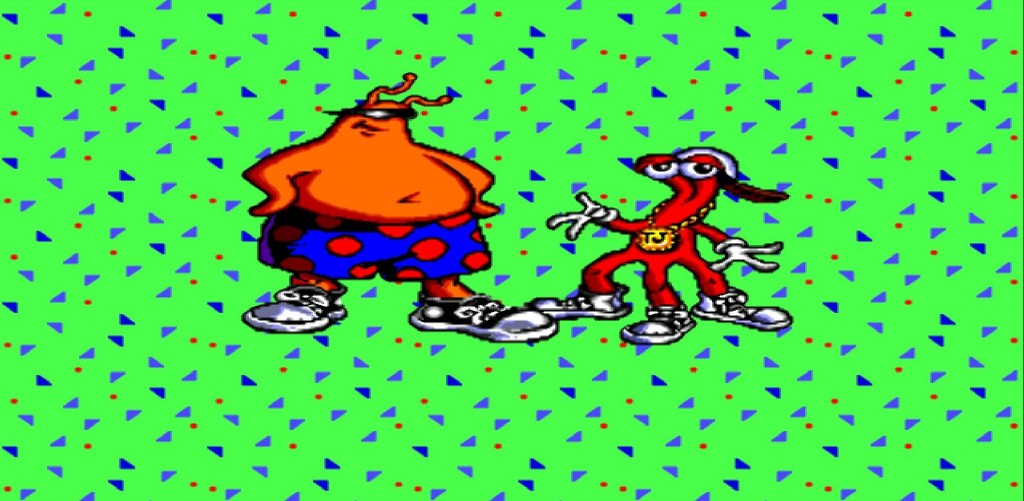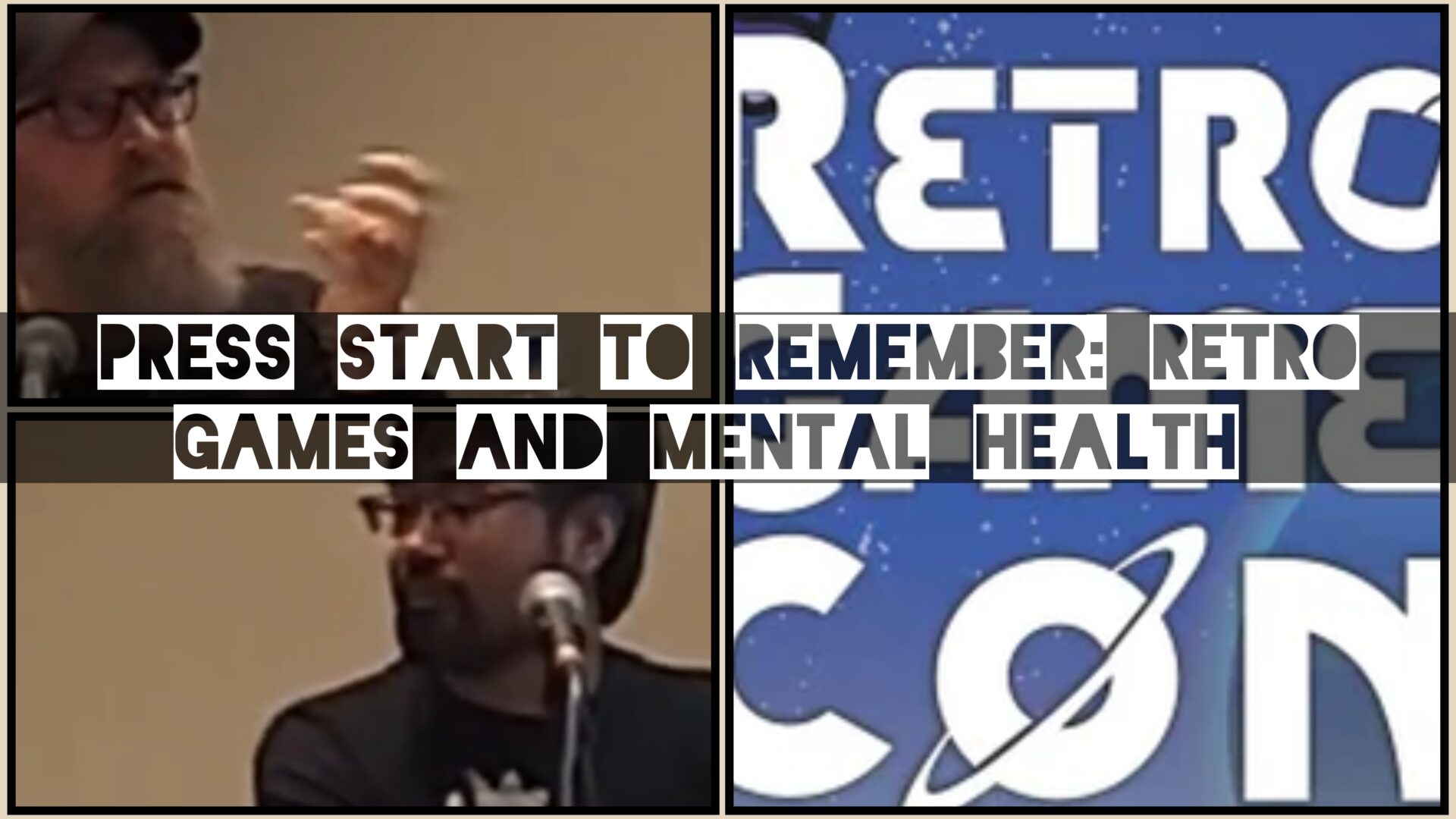The Sega Genesis, or Mega Drive as it was called outside North America, is remembered as one of the most important consoles of the 16-bit era. Most fans think of Sonic the Hedgehog, Streets of Rage, or Golden Axe when they reflect on the system, but the library was far deeper than those headliners. Hundreds of titles came out during its lifespan, and while some sold millions, others slipped quietly into obscurity despite being extraordinary. These overlooked releases are what retro fans lovingly call hidden gems.
(HEY YOU!! We hope you enjoy! We try not to run ads. So basically, this is a very expensive hobby running this site. Please consider joining us for updates, forums, and more. Network w/ us to make some cash or friends while retro gaming, and you can win some free retro games for posting. Okay, carry on 👍)
To create this list, we looked at games that pushed the Genesis hardware, experimented with new mechanics, or delivered fantastic experiences that never gained the same recognition as the heavy hitters. Many of these titles now sell for high prices on the collector market, but they are also accessible today through compilations, services, or emulators. Here are ten hidden gems on the Sega Genesis that every gamer should play before they die.
What makes these hidden gems so fascinating is the variety of genres and styles they represent. From inventive platformers to ambitious role-playing games and high-speed shooters, they demonstrate the incredible creativity of developers working with the hardware. Some of these titles were overshadowed by Sega’s larger franchises, while others were victims of poor timing or limited distribution. Yet when revisited today, they reveal experiences that feel just as fresh and engaging as the classics everyone remembers, proving that the Genesis legacy is richer than most realize.
10. Crusader of Centy
When people compare Crusader of Centy to The Legend of Zelda: A Link to the Past, they are not exaggerating. Released late in the Genesis lifecycle, this colorful action adventure offers a sprawling world filled with monsters, puzzles, and an emotional storyline that stands apart from its peers. Instead of giving you a sword and sending you on your way, Crusader of Centy lets you befriend animals who grant special powers, adding variety to both combat and exploration.
Part of what makes Crusader of Centy so compelling is how it manages to blend childlike charm with surprisingly mature themes. The story explores fate, morality, and sacrifice in ways that were rare for a 16-bit title. Its balance of lighthearted gameplay and thoughtful narrative makes it a must-play for those who think retro games were all about mindless action. The world feels alive, and every new animal companion adds an inventive twist to the gameplay.
Unfortunately, Crusader of Centy suffered from poor timing and limited distribution. By 1994, the industry was already turning its attention toward the Sega Saturn and PlayStation, leaving this gem largely overlooked. Collectors today treat it as a prize, and you can learn more about its history by visiting the Crusader of Centy Wikipedia page.
9. Ristar
Ristar is a platformer that stands out not for speed but for ingenuity. Instead of running like Sonic, the star-headed protagonist uses his extendable arms to grab enemies, climb walls, and swing across obstacles. This mechanic creates a slower but more thoughtful style of platforming that feels completely fresh even today. The levels are designed around his abilities, making every stage a puzzle as much as it is a platforming challenge.
Visually, Ristar is one of the most beautiful games on the Genesis. It features bold colors, detailed animations, and imaginative worlds that show off the system’s capabilities. From icy caverns to vibrant jungles, the variety in environments is remarkable. The soundtrack is equally impressive, delivering some of the catchiest tunes Sega ever produced. Many argue that if Ristar had been released earlier, he could have become a mascot in his own right.
Sadly, Ristar launched in 1995 when the Genesis was winding down. With Sega already focused on the Saturn, it received little attention from marketing campaigns. As a result, it never reached the audience it deserved. Today it is celebrated as one of Sega’s finest hidden gems, and you can read about its origins and development on the Ristar Wikipedia entry.
8. MUSHA
Shoot ’em up fans often talk about MUSHA, short for Metallic Uniframe Super Hybrid Armor, in reverent tones. Developed by Compile, this vertical shooter pushes the Genesis hardware to its limits with incredible speed, dazzling effects, and a soundtrack that blends heavy metal riffs with pulsing electronic beats. It is an adrenaline rush from start to finish and demonstrates why the Genesis was beloved by shooter enthusiasts. Check out our review and longplay of this amazing game, heree.
What sets MUSHA apart is its blend of accessibility and depth. Players can pick up different weapons, each with its own upgrade path, and combine them with drones that add variety to attacks. The game strikes a fine balance between punishing difficulty and fair design, ensuring that every mistake feels like a lesson rather than cheap frustration. Its pacing is relentless, and the satisfaction of weaving through bullet patterns while blasting enemies never grows old.
Despite its brilliance, MUSHA sold poorly in the West and quickly faded from store shelves. This scarcity has made it one of the most valuable Genesis cartridges, but thankfully, it has been preserved through modern re-releases such as the Nintendo Switch Online Sega library. To dig deeper into its legacy, visit the MUSHA Wikipedia page.
7. Ranger X
Ranger X is a technical marvel that combines run-and-gun gameplay with mech combat in a way few other 16-bit titles dared to attempt. You pilot a powerful exosuit capable of unleashing devastating weaponry, but what really makes it unique is the motorcycle-like support vehicle that can be controlled separately or docked with your suit. This mechanic allows for creative strategies and a sense of power unmatched by most Genesis games.
The visuals in Ranger X are staggering for the hardware. Parallax scrolling creates a sense of depth, while smooth animations make every movement fluid. The game even used clever programming tricks to simulate effects that seemed impossible on the Genesis. Combined with responsive controls and inventive level design, Ranger X feels like a game ahead of its time.
Yet for all its innovation, Ranger X never gained mainstream traction. It had little marketing behind it and was overshadowed by bigger names during its release window. Today, it is celebrated as a cult classic among Genesis fans. If you want to explore its technical achievements and gameplay details, the Ranger X Wikipedia entry is a great starting point.
6. Shadowrun
Based on the cyberpunk tabletop RPG, the Genesis version of Shadowrun offered a very different experience than its Super Nintendo counterpart. Instead of leaning heavily on action RPG mechanics, the Genesis edition embraced deeper role-playing systems. Players could shape their character with skills in hacking, combat, or negotiation, creating multiple paths through missions. This freedom was rare in console RPGs at the time and gave the game a unique identity.
The atmosphere of Shadowrun is thick with noir-inspired grit. The story unfolds in a futuristic city filled with gangs, corporations, and shadowy dealings, making every choice feel consequential. The hacking mechanics added another layer of immersion, allowing players to jack into cyberspace and battle digital defenses. It was a complex and ambitious design that rewarded careful planning and experimentation.
Unfortunately, the complexity may have alienated casual gamers, and the Genesis version was overlooked in favor of more accessible titles. But for players willing to dive into its systems, Shadowrun remains one of the most rewarding experiences on the console. You can learn more about this cyberpunk classic on the Shadowrun Wikipedia page.
5. Landstalker: The Treasures of King Nole
Landstalker is one of the most ambitious action-adventures ever made for the Sega Genesis. Presented in an isometric perspective, it told the tale of Nigel the treasure hunter as he explored dungeons, solved puzzles, and uncovered the mysteries surrounding the lost treasure of King Nole. What made the game stand out was its blend of puzzle-solving, platforming, and exploration, all wrapped in a charming story filled with quirky characters and witty dialogue.
The isometric view gave Landstalker a unique visual identity, but it also introduced some challenging platforming sequences that tested patience. These moments became a hallmark of the game, simultaneously frustrating and rewarding those who stuck with it. While the controls could feel awkward at times, mastering them made victories all the sweeter, especially when navigating its complex dungeons.
Despite being well-received by critics, Landstalker never gained the fame of Nintendo’s Zelda series. Its limited exposure and steep learning curve meant it remained underappreciated outside of hardcore Genesis fans. Over time, however, it has become one of the most respected hidden gems in the system’s library. For a deeper dive into its story and design, check the Landstalker Wikipedia page.
4. Beyond Oasis
Also known as The Story of Thor in some regions, Beyond Oasis is another action RPG that showed just how much variety the Genesis had in its library. The game featured fluid animation and large, colorful sprites that rivaled anything on competing consoles. Players took on the role of Prince Ali, wielding a magical armlet that allowed him to summon elemental spirits. These spirits added depth to combat and puzzles, as each offered unique abilities that could change how players approached challenges.
What set Beyond Oasis apart was its fast-paced combat system. Unlike slower RPGs of the time, this game played more like a brawler, allowing players to chain combos, dodge attacks, and summon spirits mid-battle. The result was a hybrid experience that felt both action-packed and strategic. Its soundtrack, composed by Yuzo Koshiro of Streets of Rage fame, further elevated the atmosphere with memorable tunes.
Sadly, Beyond Oasis was released in 1994, when the Genesis was already declining in popularity. With the Sega Saturn looming, many players missed it during its original run. Today, it is praised as one of the console’s most polished adventures, and you can explore more about it through the Beyond Oasis Wikipedia entry.
3. Rocket Knight Adventures
Konami was known for innovation in the 1990s, and Rocket Knight Adventures is proof of their creative spark. The game stars Sparkster, a possum knight armed with a sword and a rocket pack. This unique combination created some of the most exciting platforming on the Genesis, as players could soar across levels, slash through enemies, and bounce between obstacles with incredible speed and precision. You can read our review and watch our longplay, here.
Visually, Rocket Knight Adventures was one of the most detailed games on the system. Each stage featured vibrant backgrounds and imaginative enemies that gave the game a whimsical yet heroic tone. The levels varied wildly, from forests to steampunk fortresses, ensuring that the gameplay always felt fresh. Sparkster himself was a memorable character with the potential to rival Sonic as a mascot.
Despite critical acclaim, Rocket Knight Adventures never achieved the commercial success it deserved. Perhaps it was released into a crowded market or simply failed to resonate with a wider audience. Whatever the reason, it has since become a beloved cult classic among Sega fans. For more details on Sparkster’s adventure, visit the Rocket Knight Adventures Wikipedia page.
2. Shining Force II
The Shining Force series was Sega’s answer to Nintendo’s Fire Emblem, and while the first entry made some waves, Shining Force II perfected the formula. This tactical RPG allowed players to recruit dozens of characters, each with unique abilities and upgrade paths. The grid-based battles encouraged careful planning, and every victory felt earned. It was deep, rewarding, and surprisingly approachable for newcomers to the genre.
The story in Shining Force II was more expansive than its predecessor, featuring branching paths and memorable characters. Its mix of fantasy storytelling with detailed sprite-based battle animations made it a standout experience in the Genesis library. Fans of strategy games often point to this title as one of the best of the 16-bit era, praising its blend of accessibility and complexity.
Unfortunately, strategy RPGs were still niche in North America, and the game did not receive the mainstream love it deserved. Many players simply overlooked it in favor of flashier action titles. Today, however, it is recognized as one of the Genesis’s most important role-playing games, and you can read more about its legacy on the Shining Force II Wikipedia page.
1. Gunstar Heroes
Topping the list is Gunstar Heroes, one of the greatest run-and-gun shooters ever created. Developed by Treasure, a studio founded by former Konami developers, this game set a new standard for action on the Genesis. See our review and longplay of this amazing game, here. From the moment it begins, Gunstar Heroes bombards players with fast-paced combat, imaginative bosses, and explosive weapon combinations that keep the adrenaline pumping.
What truly sets it apart is the weapon system. Players can mix and match different types of weapons to create unique combinations, such as flamethrowers, lasers, and homing shots. The co-op gameplay makes it even better, as two players can join forces to take on enemies in chaotic, thrilling battles. Each level feels different, offering inventive set pieces that keep the action unpredictable.
Though Gunstar Heroes has gained a reputation in retro circles, it was not widely appreciated at launch. Overshadowed by bigger franchises, it flew under the radar of many Genesis owners. Today, however, it is considered a masterpiece and a must-play hidden gem. Learn more about its development and impact on the Gunstar Heroes Wikipedia page.
Conclusion
The Sega Genesis is often remembered for Sonic, Streets of Rage, and Mortal Kombat, but its hidden gems tell an equally important story. Games like Crusader of Centy and Landstalker proved the console could rival Zelda, while Ranger X and MUSHA showed how far the hardware could be pushed. Titles like Gunstar Heroes and Rocket Knight Adventures demonstrated raw creativity, while Shining Force II highlighted Sega’s willingness to experiment with deep role-playing.
These overlooked classics are reminders of a time when developers poured their hearts into projects that did not always get the recognition they deserved. For retro gamers today, they provide fresh experiences that stand the test of time. If you are looking to explore the Genesis beyond its biggest names, these ten hidden gems are the perfect place to start.
 Retro Replay Retro Replay gaming reviews, news, emulation, geek stuff and more!
Retro Replay Retro Replay gaming reviews, news, emulation, geek stuff and more!


